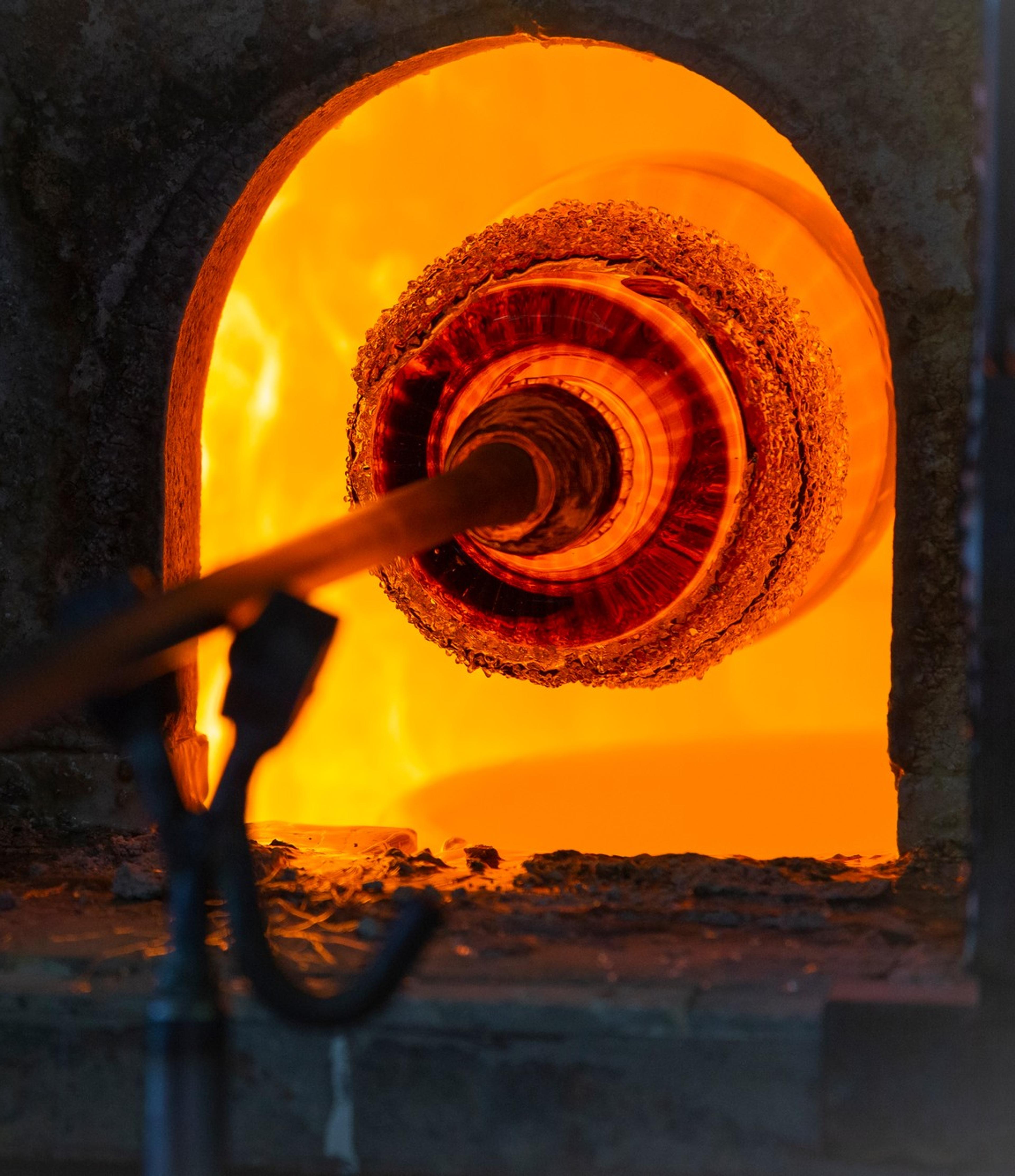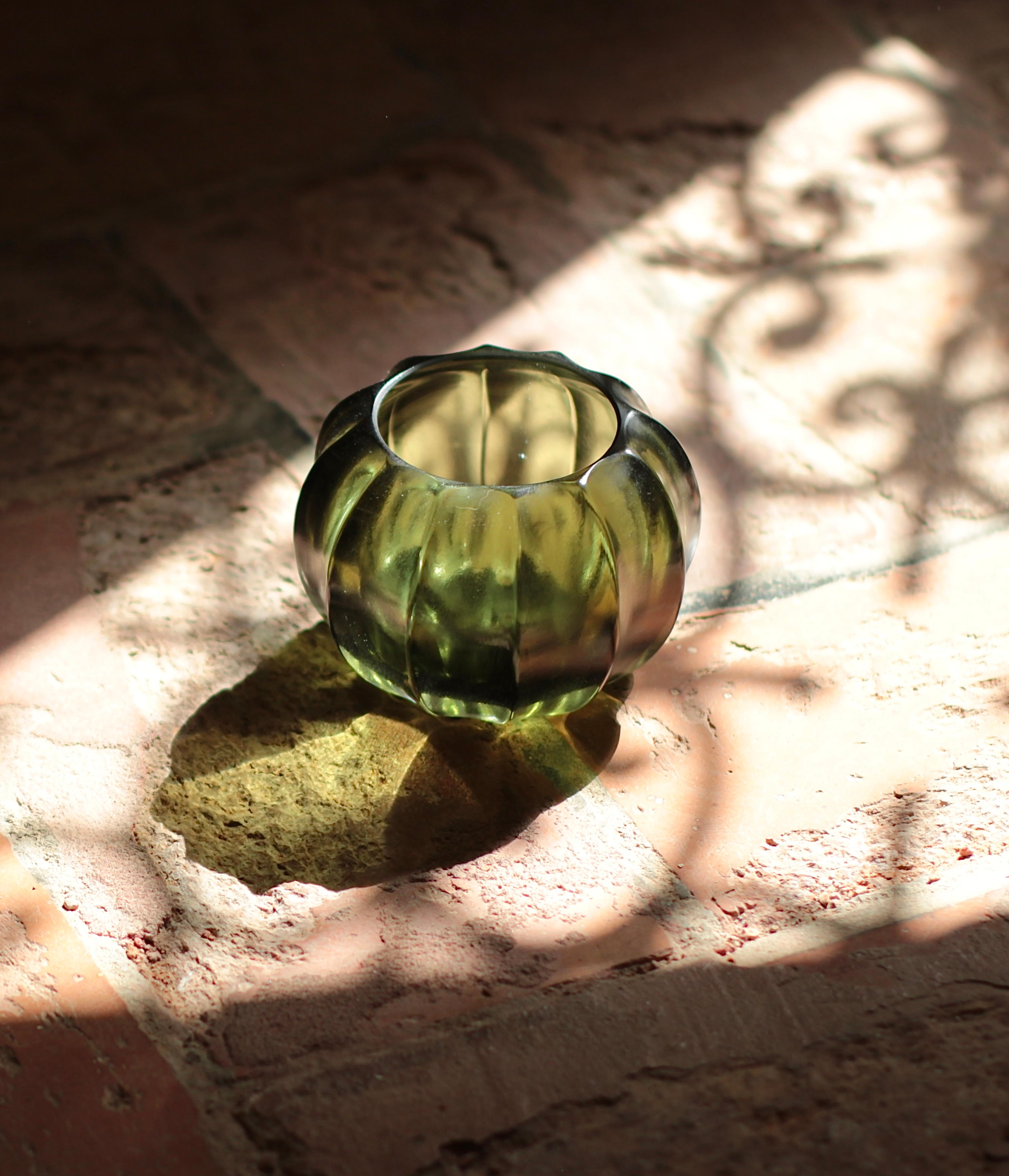
Rezzonico 36 Light Classic Black Gold Blown Glass Chandelier
GBP 43,920
Ships in 3-4 weeks

Italian glassmaking is a storied tradition unlike any other—where centuries-old techniques meet contemporary creativity, resulting in pieces of extraordinary beauty and artistry. Passed down through generations of master glassmakers, this heritage continues to inspire collectors, designers, and artisans around the world. Each creation is a testament to craftsmanship, making every lighting fixture, decorative object, tabletop piece, or furniture accent crafted in glass truly unique and inimitable.
Among the most captivating of techniques is glassblowing, a delicate and demanding process that has become synonymous with Italian excellence. Its roots trace back to the 8th century in Venice, where early glass furnaces produced exquisite wares but posed a fire hazard to the city. Production was eventually moved to the nearby island of Murano—now a legendary hub for fine glass artistry.
Working with glass is both physically intense and technically complex. The skill, precision, and secret formulas passed down through families are considered true treasures. From Murano’s luminous chandeliers to sculptural vases and refined tableware, Italian glass reflects a magical interplay of tradition, innovation, and soul.


Venetian glassmaking is a centuries-old art form that encompasses a variety of refined techniques, each with its own expressive character and complexity. Murrina, one of the oldest methods dating back to Roman times and revived in Venice in the 15th century, involves the fusion of multicolored glass rods to form vibrant, floral or geometric mosaic patterns—requiring immense precision and patience. The Canne technique creates elegant glassware by aligning and fusing colorful round or flat canes, producing visually striking, chromatically rich surfaces. Incalmo merges two separately blown glass elements of different colors while still hot, resulting in a single piece with bold horizontal divisions and smooth transitions. Rigadin adds a distinctive ribbed texture to the glass surface, created by blowing molten glass into a grooved bronze mold; when twisted during the process, it forms the dynamic rigadin ritorto variant. These techniques together define the aesthetic language of Murano glass, blending historical mastery with decorative brilliance.

GBP 43,920
Ships in 3-4 weeks

GBP 8,205
Ships in 1 week

GBP 1,395
Ships in 1 week

GBP 1,645
Ships in 1 week

GBP 1,485
Ships in 3-4 weeks

GBP 4,300
Ready to ship

GBP 5,435
Ready to ship

GBP 310
Ships in 1-2 weeks